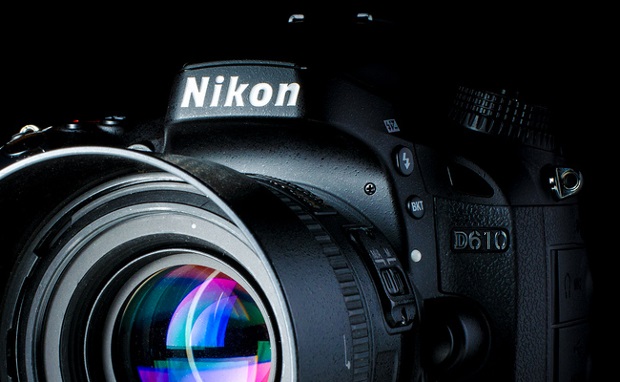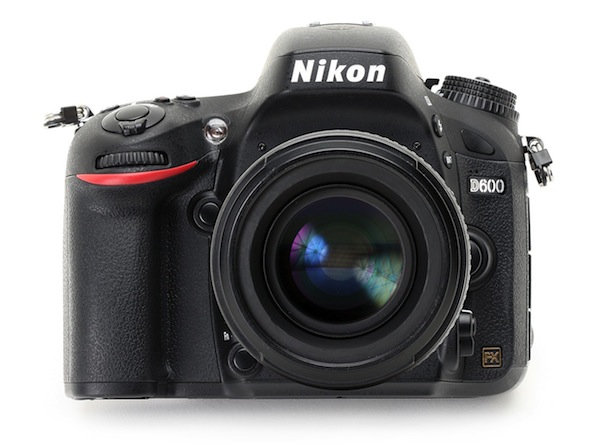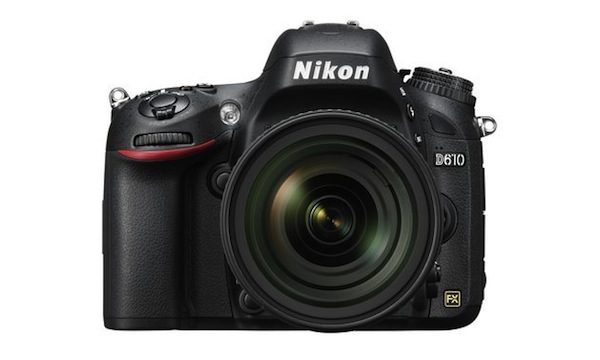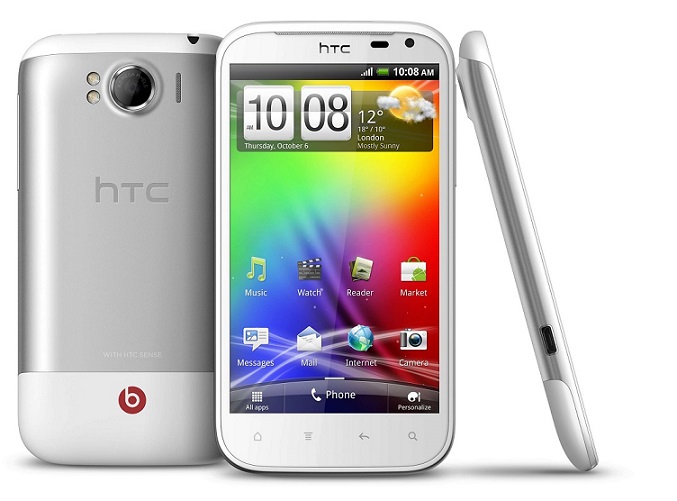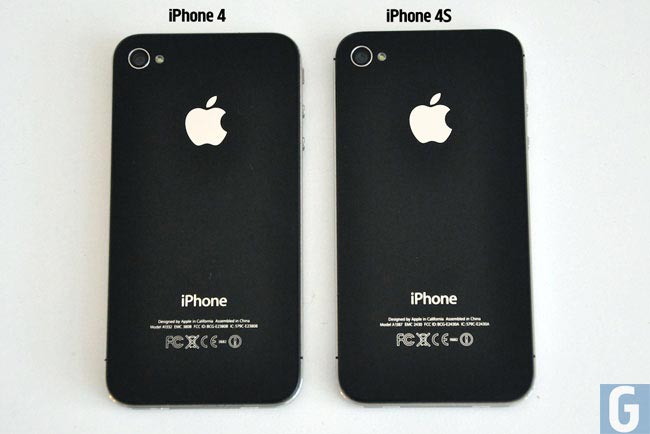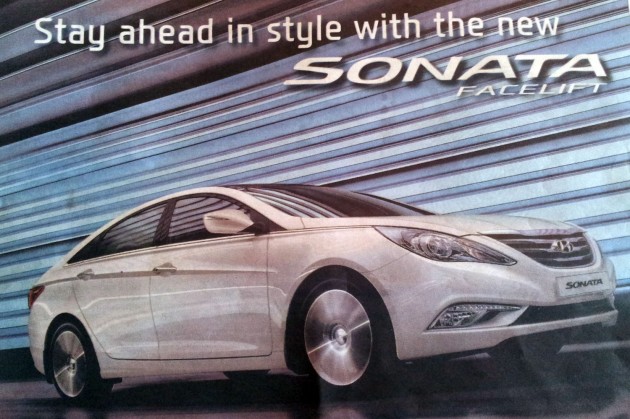I had to re-read this press release of a new product a couple of times before it dawned on me: there was basically no difference in this “new” product from its predecessor. Upon further inspection, the price of the new device in the US was not THAT much different from the previous model and in fact, it was cheaper. Looking back at the specs sheets for comparison, checking and double checking release dates for both devices, I realised that it hadn’t even been a full year before its predecessor was unveiled to the world that this “new” product swooped in like the slightly more good looking twin and instantly putting the other in the eternal stasis of old stock limbo.
Bonus points if you guessed it; I’m talking about the Nikon D610.
11 months ago, the D600 was released and it was an amazing camera. As Nikon’s first “cheaper” Full Frame camera, the D600 was a perfect camera to get hobbyist photographers in the FX game without splashing the dough for the luxurious D800/E or the D4, or “downgrading” to the D700. It was a revolutionary camera for the company and it certainly did get the attention it deserved. Fast forward to yesterday, Nikon unveiled the D610. You’d expect some difference at least from its predecessor, right?
Here are the main differences: You can shoot 0.5fps faster on the D610. You can shoot high speed a little more quietly on the D610. Lastly the Auto White Balance works better. That’s it.
For some reason Nikon found it necessary to work on such a tiny incremental update and release it as a brand new camera – essentially slapping all of its D600 “early adopters” in the face with a large trout. The D600 evangelists were simply guinea pigs to the Internet theory of the D600’s problem of oil gathering on the sensor, which was most likely fixed in the D610. For shame.
It then dawned on me that Nikon isn’t the only one doing this. The D610 is one of many in a scary trend that is not just isolated to the camera world, and has been around longer than we think.
Article continues after the jump
Speaking with a few people in the industry, we all came to the same conclusion that phone manufacturers have been doing this since the dawn of time. Before you raise the fanboy banners and pitchforks, here are a few examples across the board:
Let’s start with Samsung. The Galaxy S was quite possibly one of my favourite Android devices at the time and did capture my interest when it was launched in 2010. However, the Galaxy S Advance was a device that had absolutely NO place in the roadmap. Aside from the looks which were tweaked ever so slightly, the S Advance – announced in February 2012 – was almost a carbon copy of the Galaxy S. To make matters worse, the S Advance was released AFTER the Galaxy II was already announced in February 2011. WHY!?
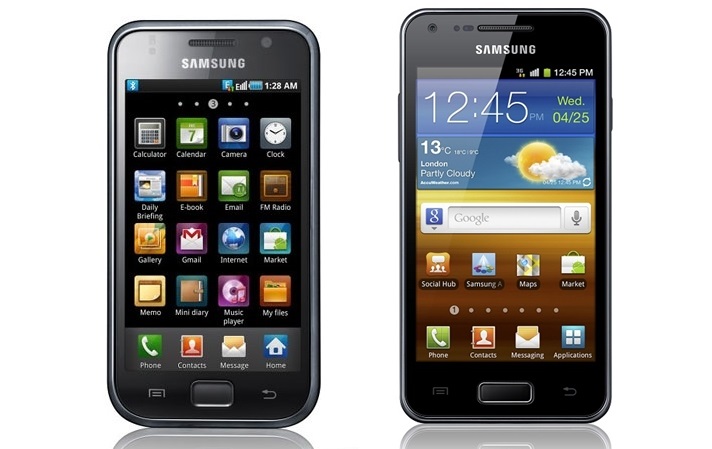 Samsung Galaxy S (left) and the Samsung Galaxy S Advance (right)
Samsung Galaxy S (left) and the Samsung Galaxy S Advance (right)
HTC have the very famous trio, the HTC Sensation, Sensation XE and the Sensation XL. I liked the first Sensation, it was a decent device and I recall reviewing it, giving it decent praise. So when they released the Sensation XE just a few short months after with a bump in processor speed and capacity while retaining the same screen, camera and just about everything else, I was flabbergasted. Aside from a more aggressive colour scheme, what else was new? The original Sensation users were extremely unhappy at this and I could see why. It didn’t end there: the Sensation XL was released a month or so after the XE. It took just about the same styling of the Sensation twins and made the screen bigger, but with a lower resolution. WHY?!
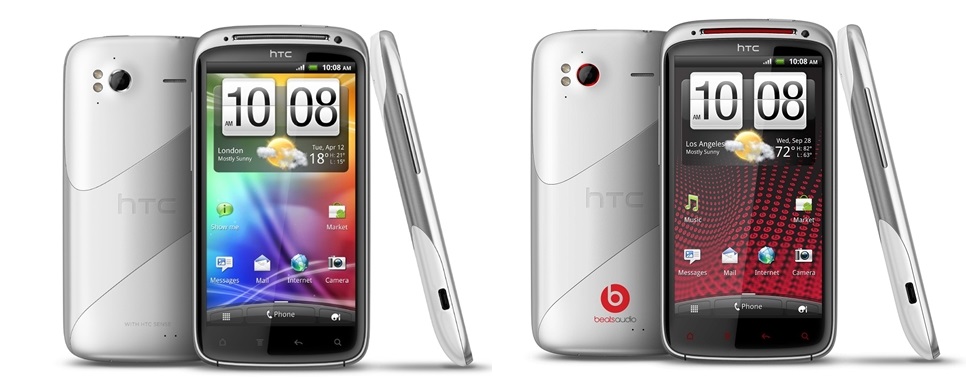 HTC Senstion (left) and HTC Sensation XE (right)
HTC Senstion (left) and HTC Sensation XE (right)
Let’s not forget Apple. The iPhone 4 was such a departure and a HUGE change from the iPhone 3GS (which was a tiny update from the iPhone 3G). I did love the iPhone 4 for all its “Antennagate” madness but when the iPhone 4S was announced a year later, one couldn’t help but feel a little shortchanged. Minor bumps in the specs, and yet it took an entire year to come up with what could be seen as just a small iteration of the device. Granted no one was surprised – remember the jump from the iPhone 3G – 3GS?
So as not to forget our Windows Phone friends, we also have the Nokia Lumia 920 and 925, but while the devices aren’t carbon copies of each other, the time between the two launches was way too short. Lumia 920 owners in Malaysia felt a little short changed in the sense that a the Lumia 925 was announced to the world less than six months after the Lumia 920 was available in Malaysia (Sorry Chapree). Even worse was when it was revealed that the Lumia 925 would cost 20% less than what the Lumia 920 retailed for at launch.
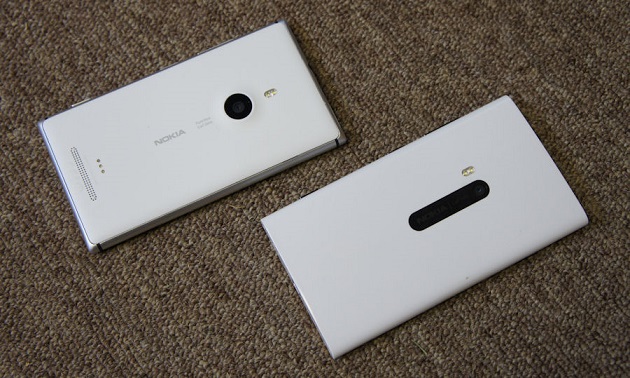 (Image: allaboutwindowsphone.com)
(Image: allaboutwindowsphone.com)
This phenomenon is not just limited to the the mobile phone world. In the automotive industry, these incremental updates are often masked as “facelifts”, or even rebadged models entering the market. In the mobile computing segment, Apple is very famous for this with the MacBook Pro and iMac lines of computers, where the main design has not changed for a while now.
This is a very frightening trend for consumers, as manufacturers feel compelled to release and promote a new device with the intention of just an incremental improvement and to “fix” issues with the predecessor device. As I’ve alluded to before, this shows a rather warped ideal that the manufacturers have toward the consumer. In the case of the D600 again, they now have an obsolete camera body which cost more at launch with a oil problem and lower specs than the D610. How about the iPhone 5 users whose phones are essentially EOL with the release of the iPhone 5S and 5C, knowing that Apple is no longer “supporting” their device?
Gone are the days of knowing the pattern in which manufacturers will release their new products and when to buy your next gadget. The disconnect and segmentation that this behaviour causes is disconcerting and surely has to be counterproductive for business!
At the end of the day, it boils down to consumer behaviour. In an age where gadget acquisition syndrome is rife and getting the latest and greatest is of upmost importance to some, it’s no wonder manufacturers believe they can have this kind of approach. Manufacturers have to know that sometimes too much choice is not good and that if it’s just a very incremental update, why not just suck it up and focus on the next BIG device? Of course this is just my opinion and may be based on a very Utopian view of the world but I would really like to live in a time where 6 months is not the time it takes to make my newly purchased devices obsolete.
Let’s look on the bright side: at least the forums will be full of WTS threads for the D600…
Follow us on Instagram, Facebook, Twitter or Telegram for more updates and breaking news.


